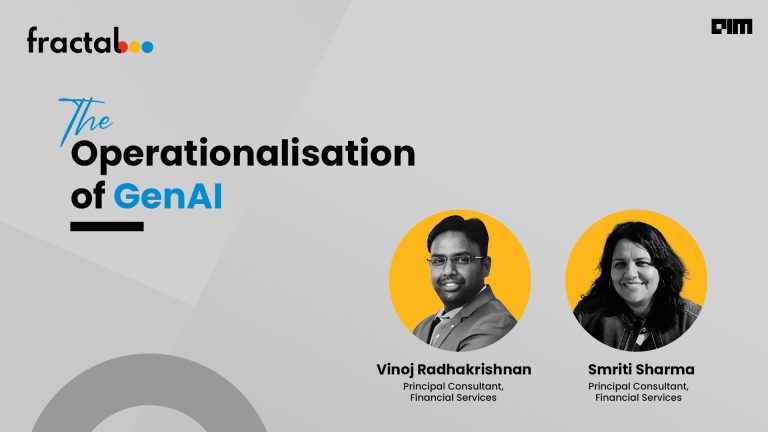|
Listen to this story
|
AI and analytics MNC Fractal Analytics has unveiled India’s first Indian languages-based text-to-image diffusion model Kalaido.ai.
Trained on a public dataset of 70 million images, besides English, Kalaido.ai can take inputs in 17 Indian languages including Hindi, Kannada, Tamil, Telugu and Sanskrit.
The model claims to surpass “global competitors by 40% in rich detail image production while reducing iteration time by 2X as it also improves prompt description, among others. While not open-sourcing its code, the beta version will be free-to-use, targeting industries like advertising, graphic design, social media marketing, and edtech.
Kalaido’s efficient training approach minimises steps, saving time, GPU costs, and reducing carbon footprint. It has shown cost reduction for brands, such as a 79% cut for a soup brand’s image generation.
User Stories
In the edtech sector, Kalaido generated nine hour long course content with only two hours of actual shooting, with the remaining content being created through images.
Fractal exercises caution to prevent misuse, watermarking images, and incorporating AI capabilities to decline to process harmful text prompts. The model can be fine tuned on specific data as per client needs. Similarly, for another MNC, Kalaido was used in conjunction with a neuroscience-based prompt strategy, resulting in a 100-word prompt for the text-to-image model, aligning with brand guidelines.
The company entered the generative AI space last June by introducing Flyfish, a new 360-degree generative AI platform for digital sales. This platform enables brands to deliver personalised, data-driven shopping experiences through intuitive sales advisors. By analysing customer buying patterns, purchase history, and preferences, brands can swiftly create AI Sales Advisors by integrating product catalogs with customer data.
Three days ago, London-based AI research lab Stability AI came up with Stable Diffusion 3 in early preview, its most capable text-to-image model with greatly improved performance in multi-subject prompts, image quality, and spelling abilities. The Stable Diffusion 3 suite of models currently ranges from 800M to 8B parameters.
































